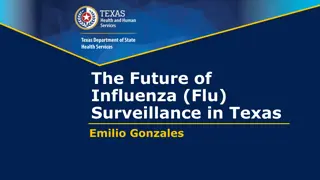Understanding Pandemic Influenza: Causes, Impacts, and Preparedness
Influenza pandemics have historically caused significant casualties, with the most notable being the 1918 H1N1 pandemic flu that resulted in approximately 50 million deaths. Understanding how diseases like the flu can cause a pandemic is crucial, including the groups most vulnerable and the necessary preparations to mitigate its impact. The World Health Organization stresses the importance of proactive measures and strategic planning to combat future pandemics effectively.
Download Presentation

Please find below an Image/Link to download the presentation.
The content on the website is provided AS IS for your information and personal use only. It may not be sold, licensed, or shared on other websites without obtaining consent from the author. Download presentation by click this link. If you encounter any issues during the download, it is possible that the publisher has removed the file from their server.
E N D
Presentation Transcript
an increase in the number of cases of a disease above what is normally expected Word Bank Epidemic science of protecting and improving the health of people and their communities Outbreak provides a trigger to help the immune system build immunity to a disease Pandemic an increase in the number of cases of a disease above what is normally expected Public Health an event in which a disease spreads across several countries and affects many people Surveillance Vaccine ongoing, systematic collection, analysis, and interpretation of health-related data Virus type of microbe that causes infectious diseases
Influenza (flu) is a contagious respiratory illness Caused by influenza viruses Spread by tiny droplets made while coughing, sneezing, or talking or by touching surfaces that have flu virus on them Understanding Flu Influenza virus particles (digitally colorized transmission electron microscopic image) About 8% of U.S. gets sick from flu annually
1. How can a disease cause a pandemic? 2. What groups of people do you think need to be concerned about pandemic flu? Think About It 3. If you were the U.S. president, what would you do to prepare for pandemic flu?
Seasonal flu occurs annually; pandemic flu only occurs when a novel (new) flu virus infects many people and spread to a wide area Flu pandemics since 1900: 1918 H1N1 pandemic flu, ~50 million casualties 1957 H2N2 pandemic flu, ~1.1 million casualties 1968 H3N2 pandemic flu, ~1 million casualties 2009 H1N1 pandemic flu, ~284,000 casualties Pandemic Flu and CDC Photos from the 1918 pandemic flu
The World Health Organization (WHO) estimates that preparing for a pandemic costs less than 1% the cost of responding to one Homeland Security Council in 2005 developed the National Strategy for Pandemic Influenza to guide pandemic preparations Focus areas: Gathering timely flu data Using nonmedical measures to stop flu Using medical measures to stop flu Providing training and equipment to health systems Improving communication strategies Expanding research and lab facilities Planning with international partners Pandemic Flu and CDC
1. The World Health Organization monitors which influenza viruses are currently circulating to make vaccines that protect against those specific viruses. Sometimes the vaccines are not a good match to the outbreaks. What do you think that means for the immunity of the population? How will it affect cases and deaths? 2. In recent pandemics, the World Health Organization has opted for more generic names for diseases and infectious agents rather than the typical place-based options. Rather than calling it Spanish flu, 1918 pandemic flu is generally used. Why is this change important from a social equality perspective? 3. How has our experience with pandemic flu helped us to prepare for the COVID-19 pandemic? Think About It
From the Expert https://youtu.be/4czg3aKmfXs
1. What are some other pandemics that occurred before the 1900 s that you ve learned about in the past? How did they change history? 2. Should epidemiologists consider anything other than direct health effects when responding to pandemics? For instance, if a quarantine due to disease exposure is going to cause someone to lose their job or house, should that be considered? 3. The response to COVID-19 in the United States was slow at first, due to political divisions. Do you think that pandemics are always inherently political? Why or why not? Think About It
Call to Action! 1. Stop a flu pandemic. 2. Prevent a flu pandemic. 3. Share your findings. Give it a Try Why do you think participation is important?
Surveillance Surveillance What is the problem? What is the problem? Risk Factor Identification Risk Factor Identification What is the cause? What is the cause? Use the Public Health Approach Intervention Intervention What works? What works? Implementation Implementation How did we do it? How did we do it?
1. Stop a flu pandemic - Read some quick info about the 1918 pandemic flu, which claimed the lives of an estimated 50 million people - Explore a case study of a 1918 wartime fundraising parade in Boston - Use the public health approach to develop a plan to raise money for the war effort while also controlling the spread of flu Give it a Try
2. Prevent a flu pandemic - Explore a case study involving a 1997 outbreak of flu linked to bird markets - Use the public health approach to develop a plan to stop a flu pandemic before it begins Give it a Try
3. Share Your Findings - Instagram @CDCmuseum Give it a Try

 undefined
undefined



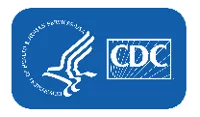




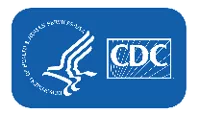

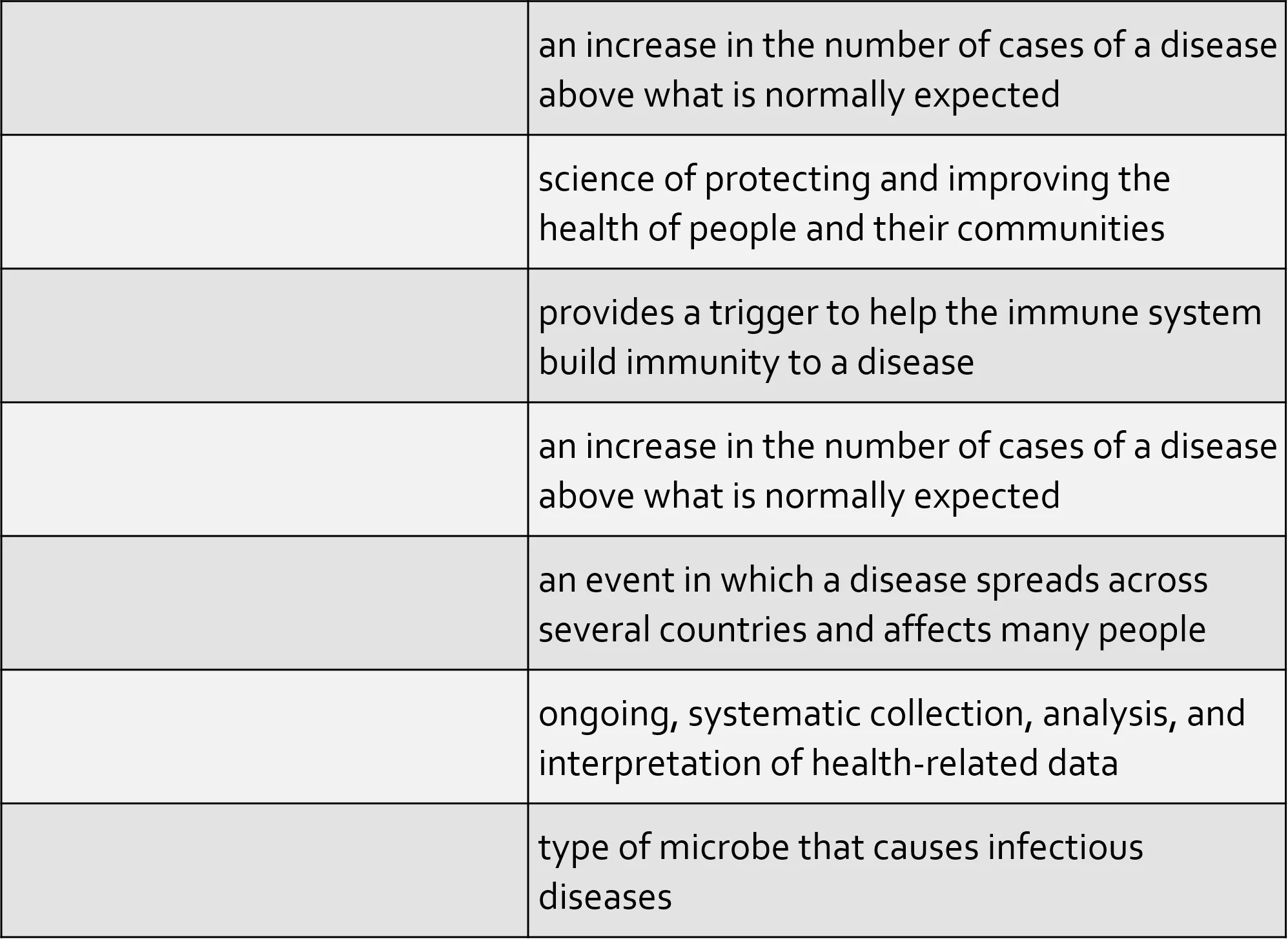
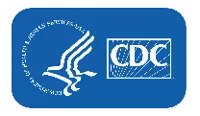



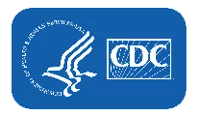

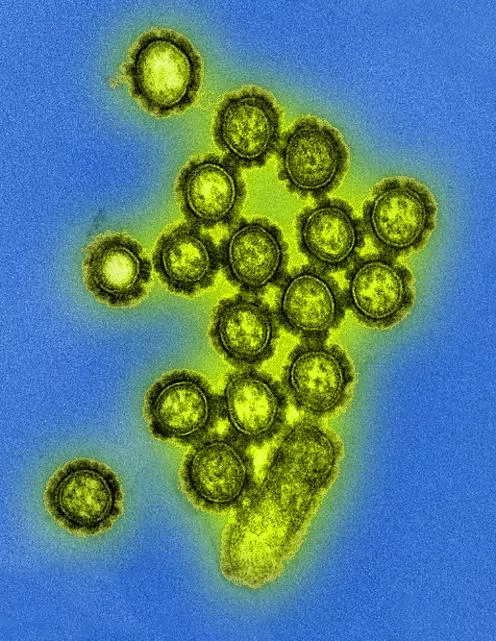





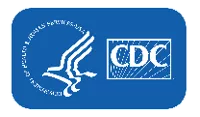



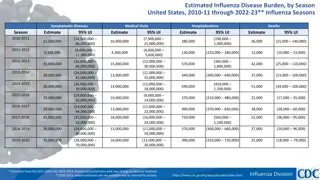
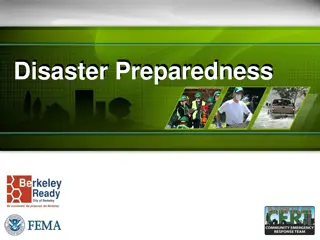


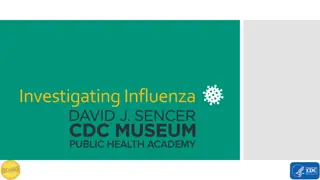

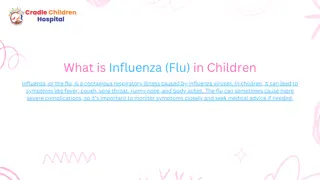

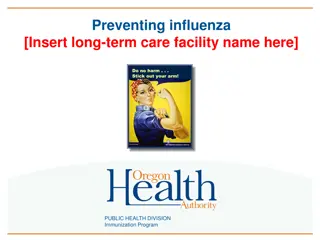

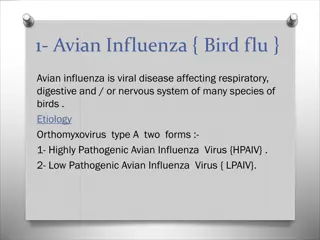
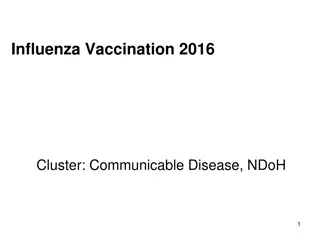
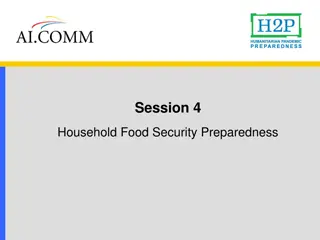

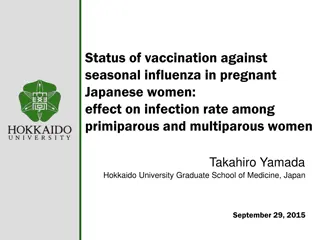
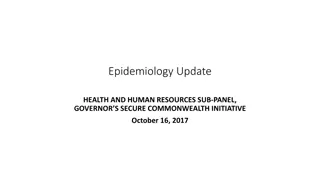
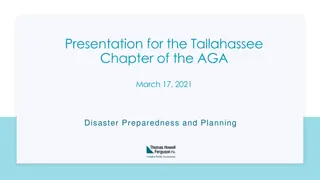
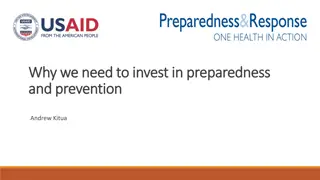
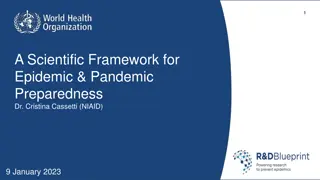
![Preventing Influenza at [Name of Critical Access Hospital]](/thumb/233818/preventing-influenza-at-name-of-critical-access-hospital.jpg)
